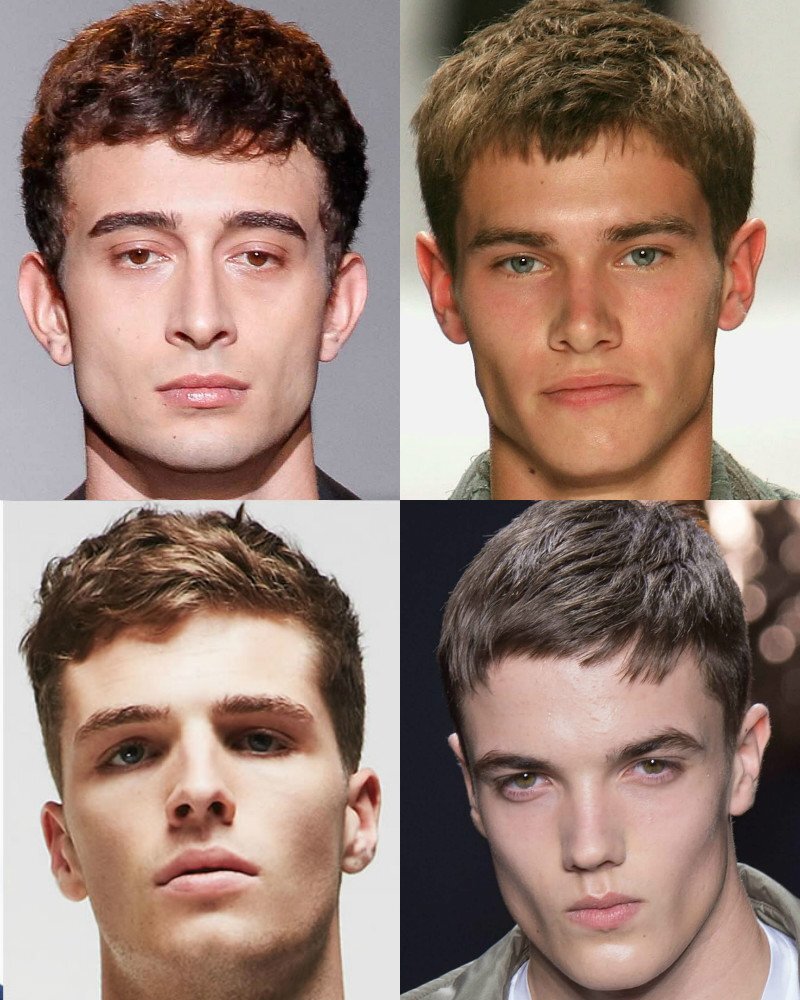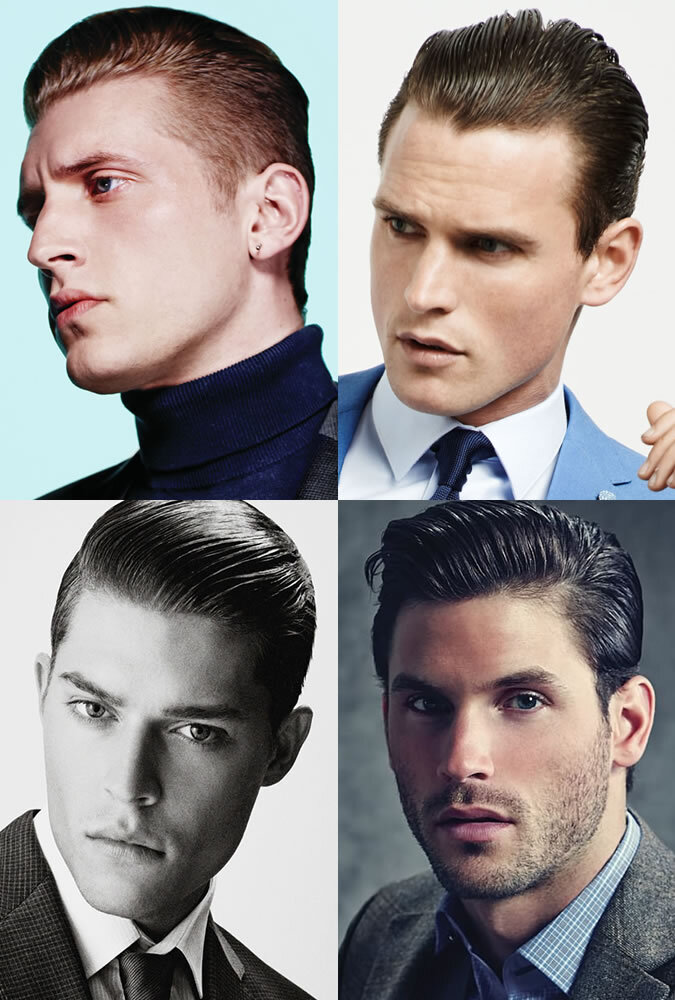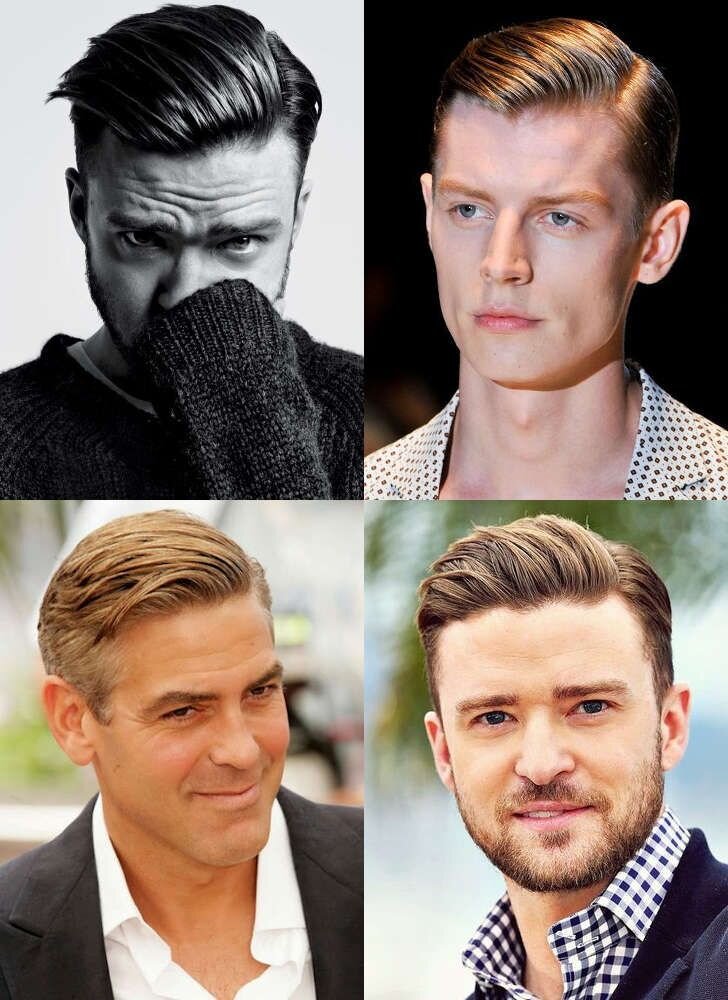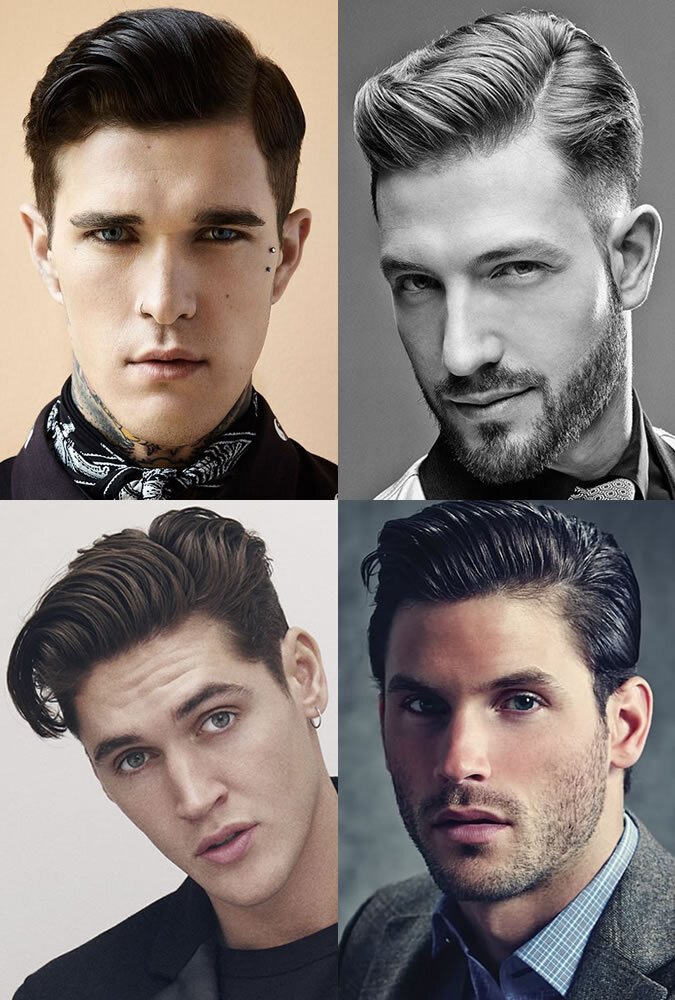5 Hairstyles For Men That Will Remain Classic
Let’s talk about timeless cuts and how to get them
When it comes to your hair and hairstyle, there is plenty of online inspiration that takes all the fun from loving your current hairstyle. - I know, it happens to me all the time. Whenever I google search “trendy haircuts” I get a mix of classic stylized hairstyles and really edgy cuts which leave me somewhere in between with no real definite answer to my question, which is… What are the haircuts that will remain classic, that won’t fade away, and one that doesn’t take me far off out of my comfort zone.
I went on a hunt to find you the best classic haircuts that will survive the trends and that will look cool throughout the start and end of the soccer season and also found you a solid product/s that will hold down this hairstyle/haircut.
So let’s get you acquainted with a few classic haircuts ahead of time so you’ll know exactly what you want on your next barber visit.
The French Crop
The French crop is like french bread, it goes with everything and very delightful. This standard cut can be done by most barbers and also suits all face shapes and ideal for those thinning blokes. Since you’re taking the hair forward slightly here, leaving length in the fringe can help to cover any receding patches.
It's also very low maintenance and your product will double its use since you won’t need much. This haircut is ideal for swimmers, boxers or anyone who doesn’t like spending too much time getting ready. How to achieve a desirable hairstyle with the French Crop? Apply some product or none and brush forward. Done.
The ideal hair type is those with wavy to curly hair as this will let your hair sit naturally with natural curl and texture. The upkeep with this cut isn’t in styling but in making a point of getting it trimmed every three or so weeks.
The Buzz Cut
We are all familiar with a buzz cut but that doesn’t mean taking a shot of whiskey with your pals and handing over your beard trimmer to get buzzed. There is a lot more to take into account to pull this hairstyle off. First, you have to be familiar with your head shape. Is it a good head shape? Is it a normal size or is it over-sized and is it proportional? Not to make jokes, but this is a very particular hairstyle. (Think of Ryan Gosling’s or Christian Bale’s, for example) you don’t want to walk around looking like Joe Rogan, do you?
Let’s say you really want this cut and you’re not sure about any of the above… Communication with your barber is key. You are going to want to make sure they understand and follow the shape of your head and decide if you want to go straight clipper, scissor over comb or a combination of both. By cutting, you can work with the shape of the head to make the overall cut more flattering.
A good barber will take everything he knows about you into account, from your personality to your style to your day-to-day living, to provide a cut that suits you. Remember you wear your haircut 24/7, so it needs to work for all scenarios.
The Slick Back
Originated in the 1920s, we’re in the ’20s - the roaring ‘20s, some traditions never change. Since then, it has become a timeless classic.
Straight hair is best for this – the more curl you have, the harder it is to slick back properly. As for what face shape suits this style, it’s pretty versatile, as it will allow facial features (like beards, mustaches) to be more prominent, with the hair essentially framing the face. Unfortunately, for those with a receding hairline, the slick back look won’t be ideal as it’ll make recession far more prominent.
The back and sides need to be tapered, natural and fairly tight, with graduation up to the slightly heavier top. If you’re going for an undercut, there needs to be a disconnection here, but blending would be a better option for finer hair.
To style, blow-dry the hair back (if you have hair that grows forward, this will take longer) – bear in mind it takes practice to do this effectively. For a traditional slick look, use a water-based pomade and comb through when damp, or try a matte paste for a softer, more contemporary finish.
The Side Parting
Particularly popular from the 1920s-1940s and again in the 1960s, this style has been revived in the last decade as an easier-to-achieve alternative to the slick back.
As the basis of the haircut is a simple short back and sides, the style is pretty versatile and will suit most hair types and face shapes. That said, this can run the risk of looking like a comb-over if the hair is too long and thin on top.
When in the chair, ask for a classic taper on the back and sides, and for the top to be left long enough to part, but short enough to be neat and tidy.
The styling product you should use depends on your hair density: those with thicker hair should try a paste, while a matte clay works best for finer, less dense hair types.
Actually parting the hair can be tricky; the best approach is to put the product in the hair when damp (not wet) and part using a comb. You should try to establish where the natural parting is, perhaps with the help of your barber initially. If you’re struggling, comb the hair backward, and you’ll see where it starts to fall and separate
The Pompadour
The pompadour has been popular in many different lengths and variations since its debut on Madame du Pompadour, chief mistress to the French King Louis XV in the 1750s.
The pompadour works for most but does require some degree of thickness to the hair so that the style can support itself once created. Different face shapes can be flattered by varying the style’s structure. For example, if you have a narrow face, you could wear your pompadour wider and softer; or if you have a round face, it’s worth slicking the hair at the sides of your head right down to slim the overall silhouette.
To get this style, you’ll need to start by growing the front out. Get your barber or stylist to cut in a graduated top for you. Then, each time you have your hair trimmed, the graduation should be altered slightly to retain all the length at the front, while keeping the back shorter.
Once you’ve grown three inches of hair at the front, you’ll be able to create height by using a hairdryer and a mousse or sea salt spray. Pull the hair up as you dry it to create root lift. Once nearly dry, use your fingertips, or a hairbrush to give the ends some movement, allowing the style to be pushed back on itself.





